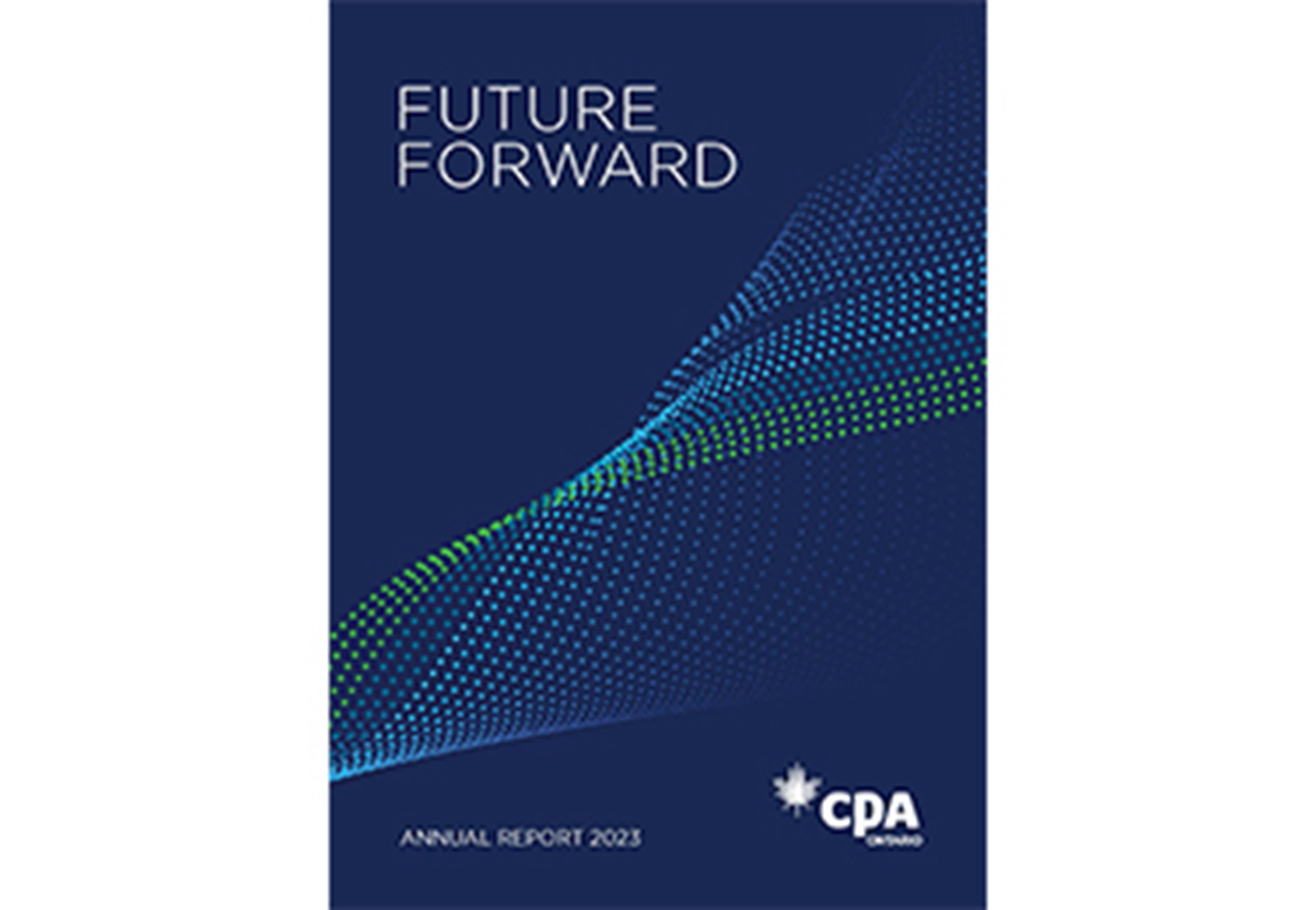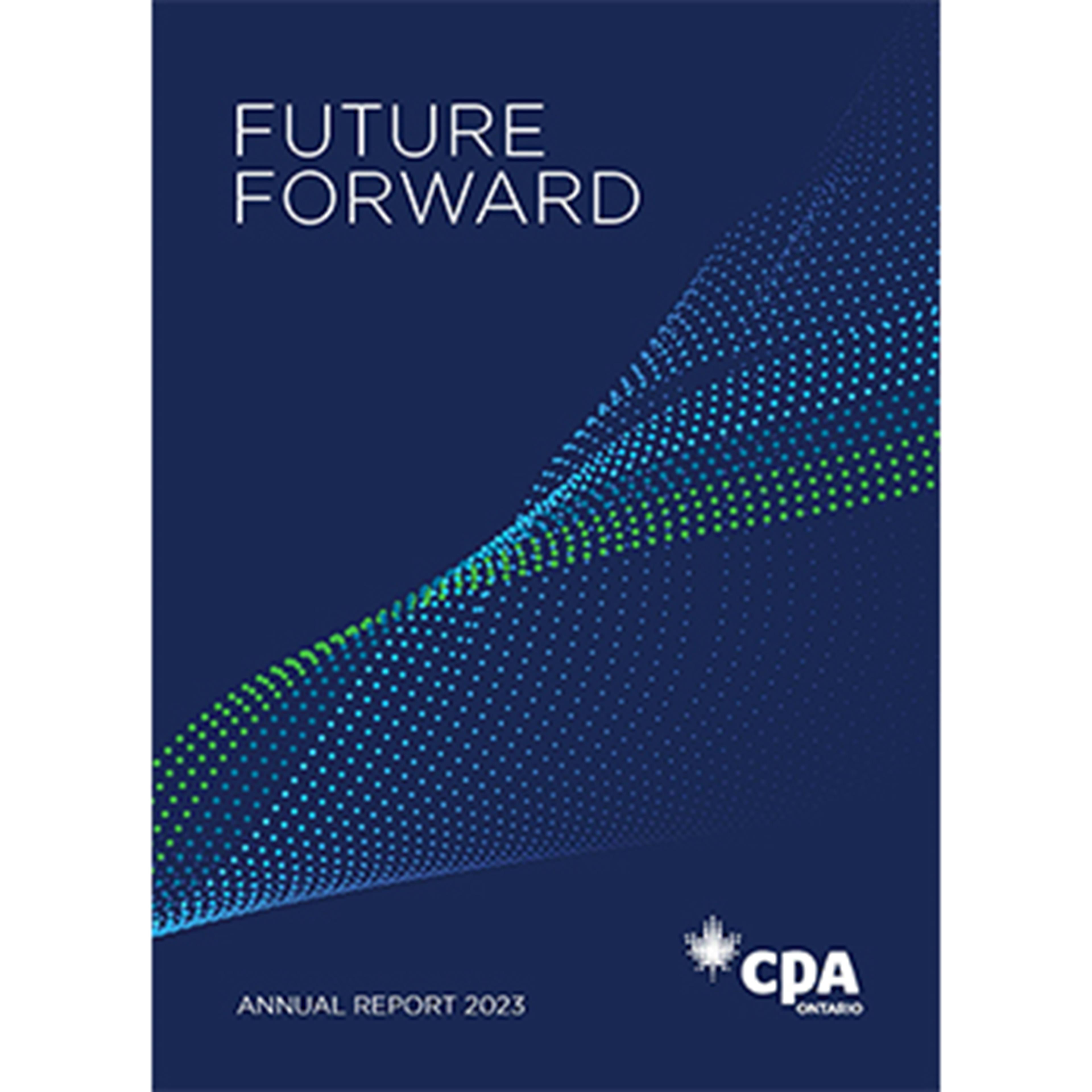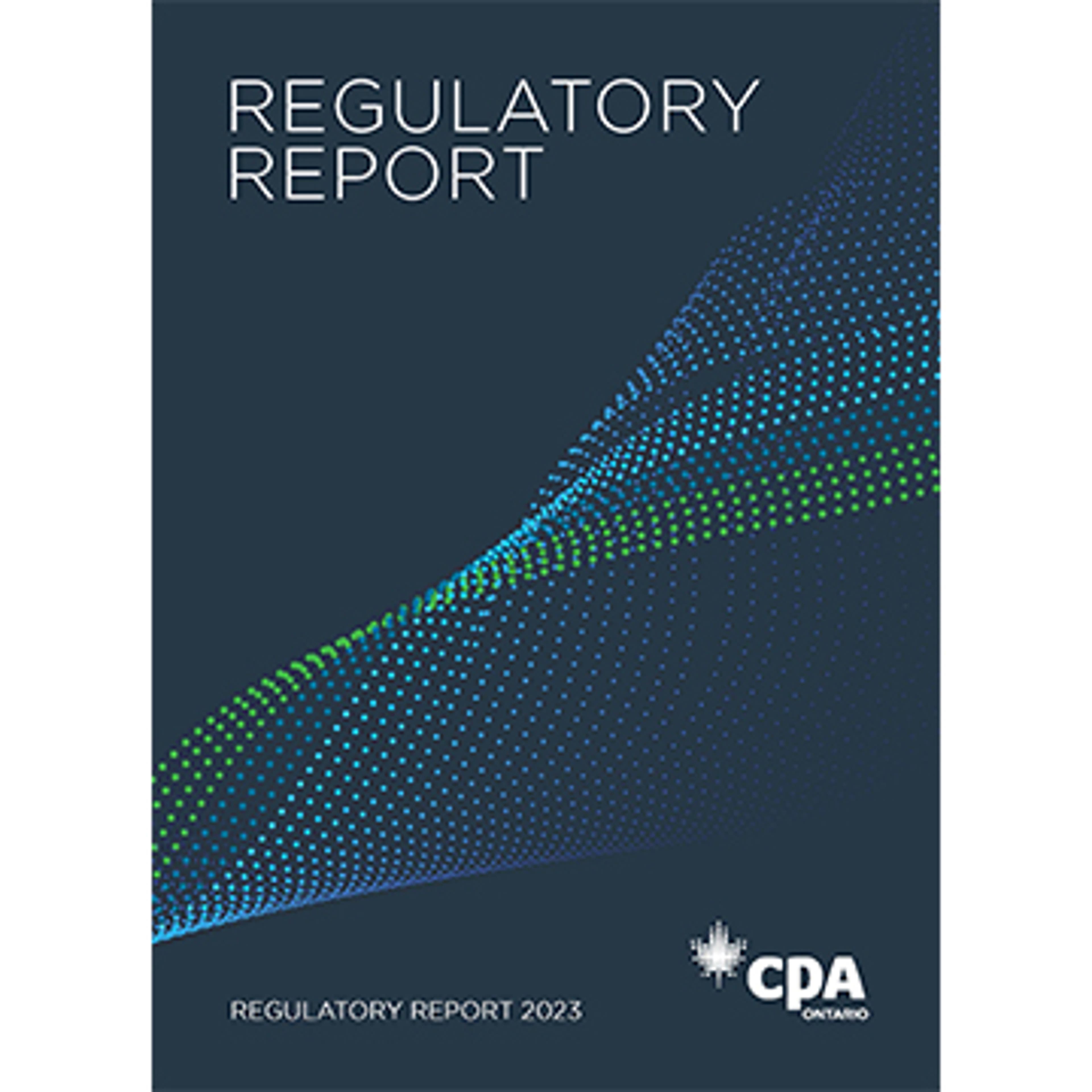Learn how we are preparing our members and students for where the world is heading, looking future forward with the right knowledge and training to navigate this unprecedented period of economic and societal change.
Previous Annual Reports
Annual Report 2022Annual Report 2021
Annual Report 2020
To request an annual report not listed here, please contact us directly.




